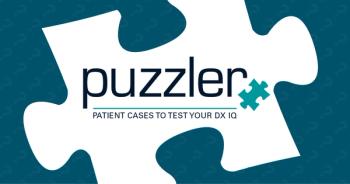
Kathryn Xixis, MD, on developing EPAs for child neurology training
At CNS 2025, Kathryn Xixis, MD, highlighted the growing adoption of EPAs and outcomes-based learning in pediatric neurology.
At the 2025 Child Neurology Society (CNS) Annual Meeting in Charlotte, North Carolina, Kathryn Xixis, MD, associate professor of pediatrics at the University of Virginia, discussed how competency-based medical education is transforming the evaluation of medical trainees in child neurology and beyond.
Xixis presented during the session Defining the Outcome: Developing EPAs for Child Neurology Training, where she outlined how this model moves away from traditional, time-based training to focus instead on measurable competence and readiness for independent practice.
Shifting from time-based to outcome-based education
“We are in a period of major change in how we assess medical trainees,” Xixis said. “Competency-Based Medical Education represents a new era, shifting the focus from time-based measures to outcomes-based assessment.”
The CBME model challenges the assumption that completing a fixed number of years in training equates to clinical competence. Instead, it asks whether learners have demonstrated the knowledge, skills, and judgment required for independent practice at the time of graduation.
Core features of CBME include:
- Defining measurable outcomes tied to clinical competence
- Implementing Entrustable Professional Activities (EPAs) as performance benchmarks
- Providing structured, real-time feedback to support learning
How to create feedback and accountability in pediatric neurology training?
While the concept of EPAs was introduced in 2005, Xixis noted that its adoption has accelerated across medical specialties over the past decade. In child neurology, ongoing efforts are focused on developing specialty-specific EPAs that align with clinical practice and educational milestones.
She emphasized that immediate, formative feedback plays a central role in improving performance and reinforcing accountability. “That immediate, actionable feedback is at the heart of CBME,” she said. “It ensures that, upon graduation, all physicians meet a clear and consistent standard of competence.”
According to Xixis, competency-based approaches not only strengthen medical education but also enhance public trust by ensuring every new physician is prepared to deliver safe, high-quality care.
Reference:
Xixis K. Defining the Outcome: Developing EPAs for Child Neurology Training. Symposium. Presented at: 2025 Child Neurology Society Annual Meeting. October 7-11, 2025. Charolotte, North Carolina.
Newsletter
Access practical, evidence-based guidance to support better care for our youngest patients. Join our email list for the latest clinical updates.







